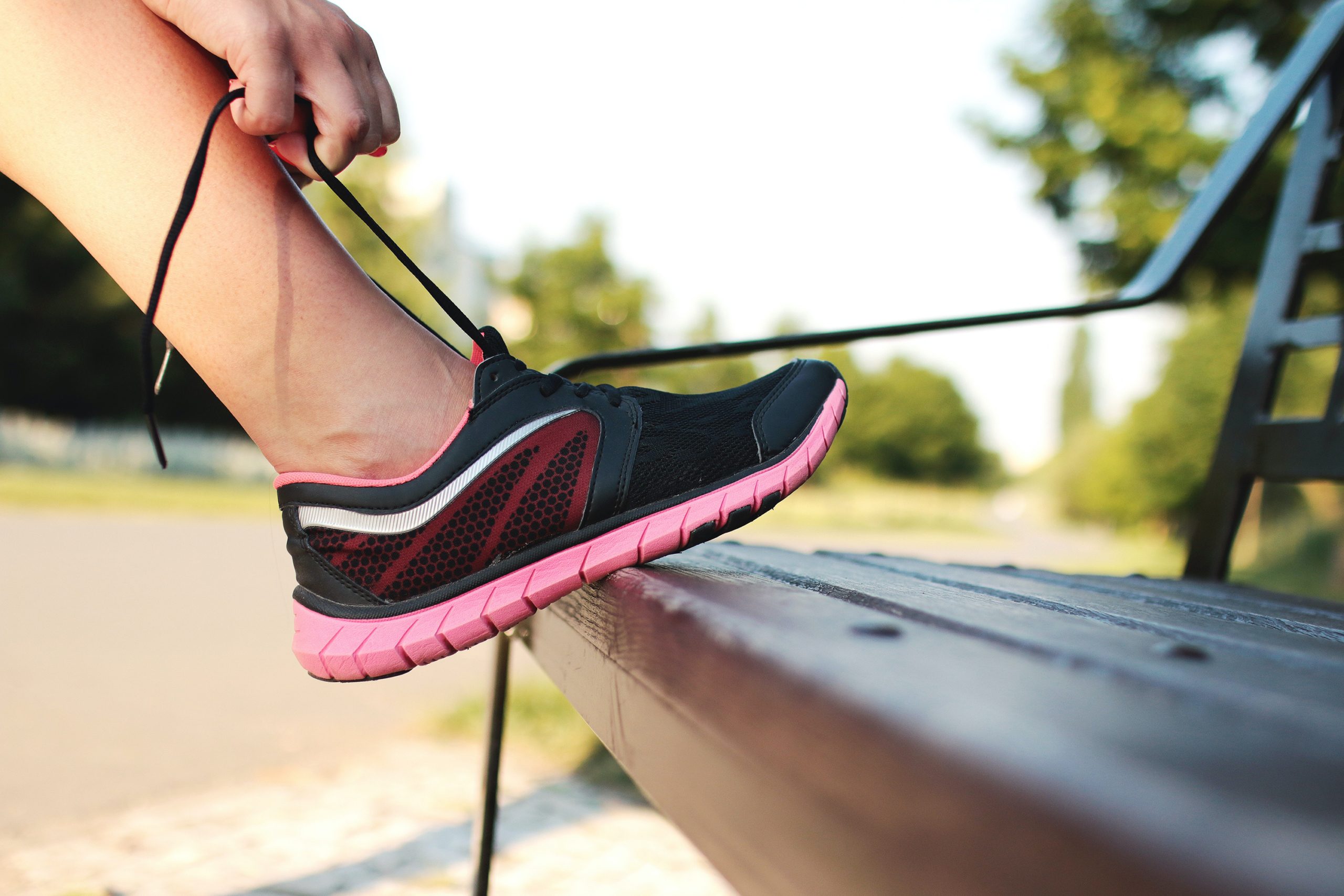You don’t need to live by the water or join a crew team to enjoy the benefits of rowing; you can row right from your own home. Rowing machines, also known as ergometers or ergs, are reasonably affordable and can be placed in your home gym. No matter where you are, you’ll be sure to get a fantastic workout while rowing. Keep reading to learn more about the benefits of rowing and the five best rowing workouts you can try at home.
Why should you row?
Here are just a few of the advantages of adding rowing to your exercise routine.
1. Full body workout
Rowing provides a total body workout–it uses up to 86% of the muscles in your body. You must use both your arms and your legs when you stroke, but this exercise also targets your glutes, abs, pectorals, and upper back. Nearly every muscle group gets a workout when you’re rowing.
2. Low-impact
Rowing produces serious results without taking a toll on your joints, as this low-impact exercise lets you control your pace and movement. According to a 2014 study, rowing can even improve joint rotations; Over the course of eight weeks, 24 people completed rowing exercises three times a week. At the end of the study, researchers found that elbow, knee, shoulder, and lumbar joint torques improved by 30%. This makes it a great exercise for people in recovery and those in the early stages of osteoarthritis.
3. Fast results
You are challenging your cardio and strength capabilities when you row, so you will likely see real results faster than with other types of exercise. You would need to spend less time on an erg than a treadmill or bike to see similar results, and other popular cardio workouts do not offer upper-body engagement.
4. Good for the lungs and heart
Rowing is not just for strength training; it is also great cardio. As such, rowing improves your cardiovascular system and your lungs. This is an added benefit for those who have or are at a higher risk of developing heart disease.

Who can benefit from rowing?
There are no pre-requisites to begin rowing. Anyone who wants to try it and has access to a rowing machine can reap the benefits of this full-body workout. As mentioned before, it can offer advantages to people with joint issues, osteoarthritis, those in recovery, and people with cardiovascular problems. As long as you use the proper posture and technique, you can safely begin rowing today!
Five at-home rowing workout to try
Are you ready to get started with some rowing exercises at home? Check out these workout routines.
Quick workout
This workout is ideal when you are busy and only have 20 minutes to dedicate to rowing. Begin by warming up for five minutes. Then, do some rowing at a high resistance or speed for 40 seconds, followed by 20 seconds on an easier setting. Repeat this for ten minutes. After your workout, cool down for five minutes.
High-intensity interval workout
If you’re looking for a fast, high-intensity rowing routine, this is the routine for you. Warm-up for ten minutes, then row one set of Tabata high-intensity intervals. This consists of 20 seconds of rowing at your maximum effort, followed by ten seconds of easy rowing. Repeat the interval eight times. Then, cool down for five minutes. If you want to go again, take a break for a few minutes, and complete a second set.
Aerobic interval workout
This is a great aerobic interval exercise that you can personalize to your skill level. Warm up for five to ten minutes, then row at a moderate intensity for four minutes. Finally, rest for two minutes. Repeat this four times, increasing your intensity with each set. Cool down for five minutes when you’re finished.
Recovery workout
This routine is a nice and easy workout for your recovery day. Start rowing very gently while focusing on your technique, then, get off the ergometer and stretch for a few minutes. Begin rowing again while still concentrating on your technique, not speed or strength. Once a minute, take a few strokes at a slightly higher intensity, then ease back down. Continue this process for 20 minutes then cool down.
Ladder drill workout
For the ladder drill, begin by warming up with five to ten minutes of easy strokes. Then, start rowing at 22 strokes per minute. Increase your speed by one stroke per minute every 30 or 60 seconds. Continue this until you hit 30 strokes per minute. Then, decrease your stroke by one every 30 or 60 seconds until your speed is back to where it began. Cool down once you are finished. Feel free to customize the rates and timing to best match your skill level.
Rowing provides an excellent workout for people of all fitness levels. With these workout routines, you can increase your muscle strength, improve your heart and lung function, and have fun at the same time. Happy rowing!


